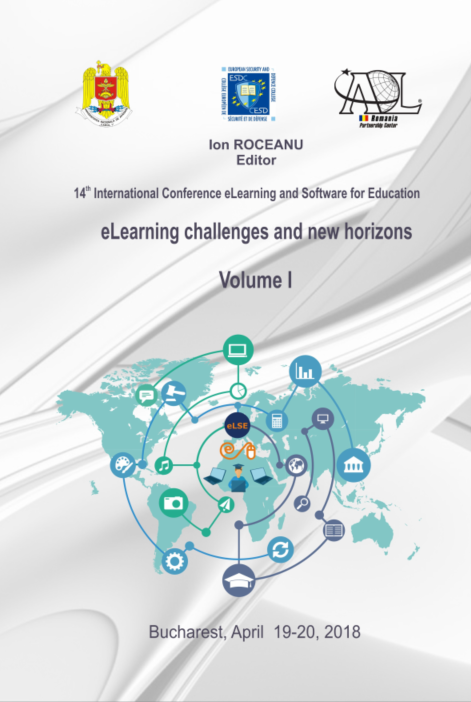Technical and Pedagogical Perspectives on Strengths and Weakness in Distance Learning LMSS
Technical and Pedagogical Perspectives on Strengths and Weakness in Distance Learning LMSS
Author(s): Florin-Vasile Frumos, Petru-Adrian Istrimschi, Lucian Berechet, Ovidiu StoforSubject(s): Social Sciences, Education
Published by: Carol I National Defence University Publishing House
Keywords: Learning management system; distance learning; tools for managing teaching in distance learning;
Summary/Abstract: Often we discuss about student's educational needs and wishes. What about teacher's needs and/or wishes in terms of educational system functional rules? Simply the teachers should sometimes use paper and students should always use computers or others devices for the same material or task? We think not. But we estimate they both needs a minimal package of teaching and learning tools for a well-structured learning management system (LMS) that will compose a reliable and decent virtual learning environment. Successfully distance learning imply a well-organized pedagogical approach and, subsequently, a structured learning environment. In this perspective, if we struggle to improve the results, we consider that both teachers’ and students’ perspective must be taken into account. We agree that the students must have all the tools that they need to learn. But for this purpose, the teachers should also have the essential tools for managing the learning process. If we demand why the LMS's are not entirely accepted as good learning environments, a good reasons seems to be even the lack of this minimal technical tools for managing teaching-learning processes. This paper emphasizes the teachers’ experience of the most utilized learning management systems (LMS), in both technical and pedagogical perspective. First, in technical perspective, we focus on the strengths and weakness of some commonly used LMSs: Moodle, Blackboard, Google Drive and Google Scholar, Sakai, Joomla LMS, Wordpress LMS. Second, we struggle about pedagogical demands for an ideal LMS: we outlined some of the most useful tools for teacher as didactic process manager, as they result from a survey on some existing software applications (the most used LMS's). We tried to propose the most necessary tools for teachers and students in order to cover the entire teaching and learning process. Also, we propose an “ideal” LMS, completed with functionalities imposed by the pedagogical and administrative norms.
Journal: Conference proceedings of »eLearning and Software for Education« (eLSE)
- Issue Year: 14/2018
- Issue No: 01
- Page Range: 115-122
- Page Count: 8
- Language: English

